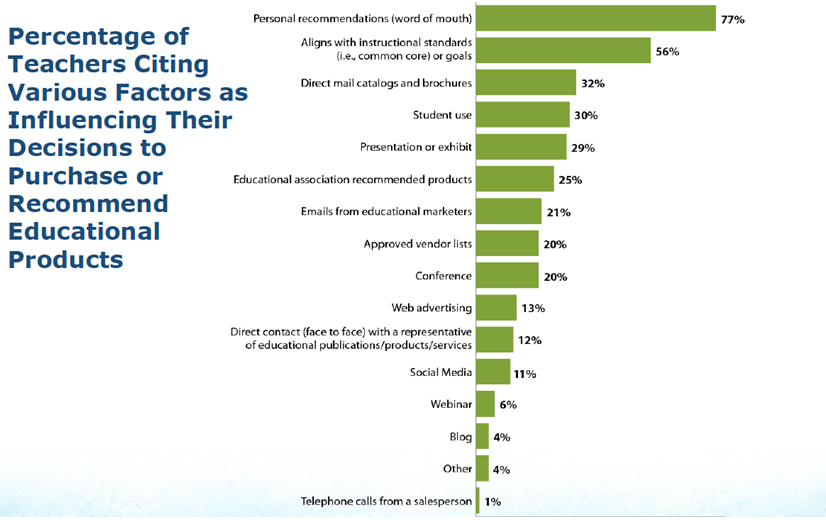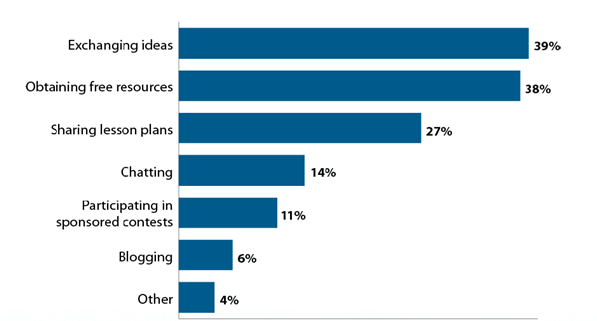Education Companies Look for Creative Ways to Reach Key Audience: Teachers
The market for educational products is a complex one for publishers and other companies hoping to do business with schools. That’s partly because lot of players have the potential to influence schools’ buying decisions. The list includes superintendents, school board members, and district technology and curriculum officials. But teachers, who are presumably the end-users of many of the products being peddled, often have a say, too.
Keith Bergstrom of Prestwick House, an education publisher, recently offered his take on the challenges that company officials face in knowing how to sell their products in K-12 systems, and to teachers, specifically. Bergstrom was speaking at one of the introductory sessions at an Association of Educational Publishers/Association of American Publishers conference held in Washington this past week.
While individual teachers have relatively little say over the purchase of some K-12 products, such as core textbooks, they tend to have more clout when it comes to the buying of supplementary materials, Bergstrom explained. And they can influence the decisions made by people up the chain, such as administrators and curriculum directors, when those officials are evaluating potential academic materials.
So what factors tend to shape teachers’ thinking about the products they buy? Educators tend to listen closely to the recommendations of colleagues, while the extent to which those products are aligned with standards, not surprisingly, also tends to matter a lot, explained Bergstrom, drawing from the education market-research company MDR. Direct contact with, or calls from salespeople didn’t matter much, he said.
Here’s the full list of the factors shaping teachers’ thinking, as presented by Bergstrom:

While relatively few teachers cited social media as a source that influences their buying decisions, there’s potential for publishers to connect with educators through those online forums—as long as they do it in the right way, Bergstrom added.
Companies shouldn’t just try to use social networking to market their products to teachers. “They will not be receptive,” he warned.
Commercial providers would be better off visiting those forums and sites to “learn the language [their] customers speak,” he told the audience.
Here’s a breakdown that examines the factors cited by educators for using social networks, which Bergstrom presented. It also comes from MDR:


best in the world
best in the world
thanks a lot best in the world
This is very good news in my opinion I hope this decision will benefit the teachers
This is one of the best blog to look for to in to follow the rest. It does fantastic job
many thanks a good deal this amazing site can be conventional in addition to relaxed.
Hey, Really nice post, thanks for sharing.
Hey, many thanks a good deal this amazing site can be conventional in addition to relaxed.
Very Best In the World